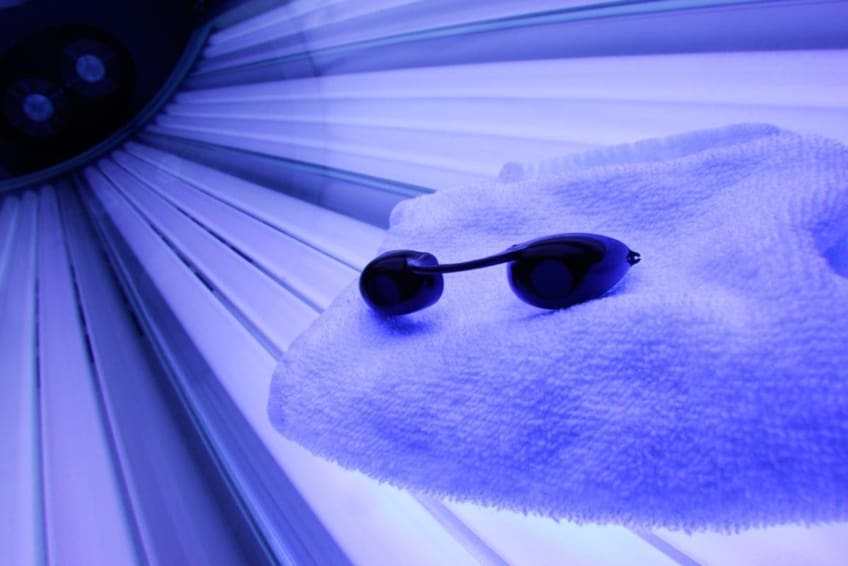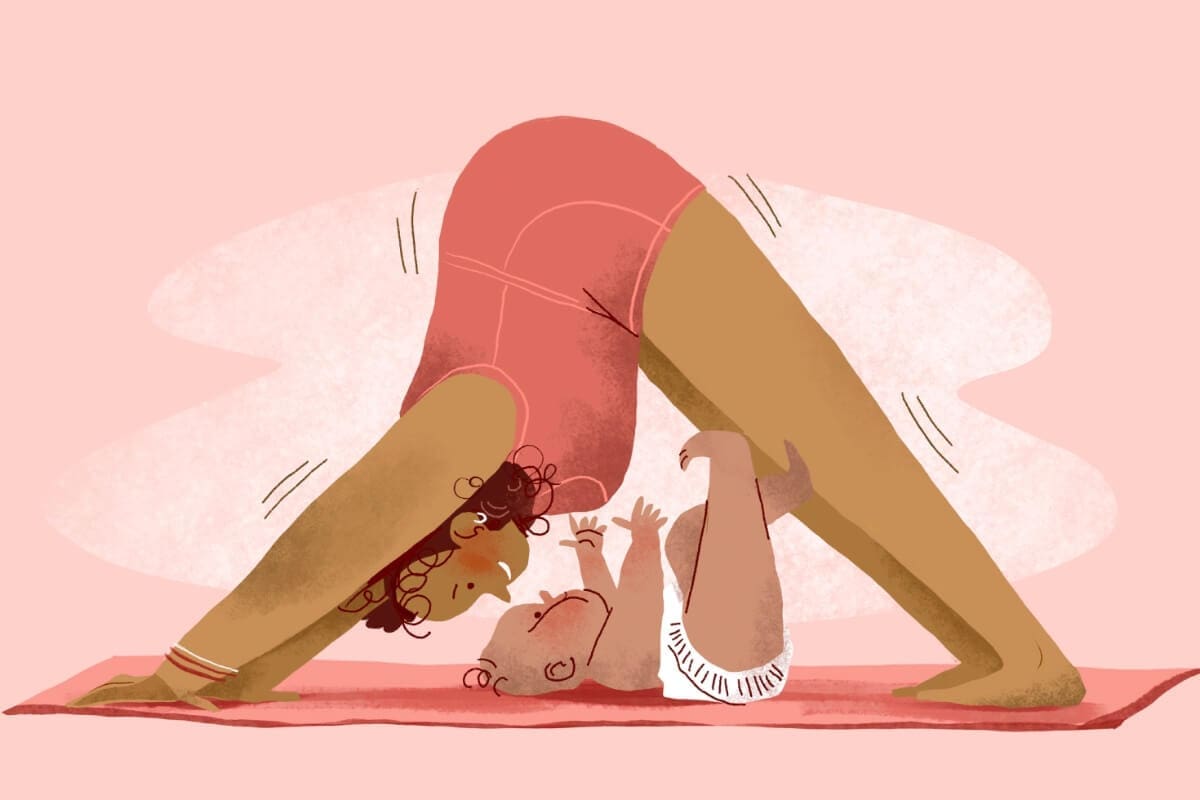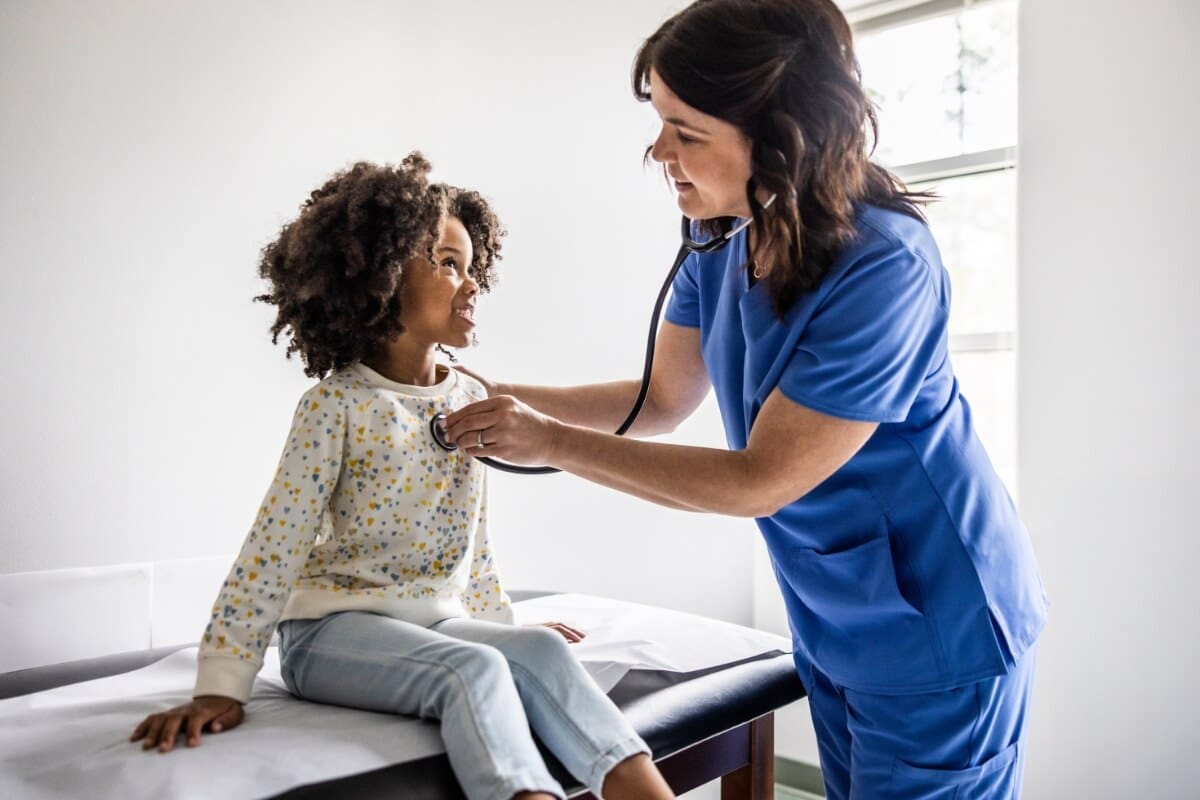
There is nothing healthy about the “glow” of tanned skin. Tanned skin is damaged skin. It doesn’t matter how old you are or your skin type. Even if you avoid a sunburn by getting a “base tan,” you’re still damaging your skin. This increases your risk of skin cancer.
Many people get a seasonal tan or year-round tan despite these dangers. Many think indoor tanning is safer. It is not. The evidence surrounding the hazards of tanning beds could not be more clear: People who use tanning beds are at much greater risk for developing skin cancer. Some reports estimate that the risk increases significantly for people who use a tanning bed before the age of 35. Your risk of melanoma is higher if you started indoor tanning while you were a teen or young adult.
Despite the facts, two myths still exist:
- Myth 1:Indoor tanning is safer than outdoor tanning.
- Myth 2:Indoor tanning is a safe source for vitamin D.
There is no evidence to support either claim. Research indicates that the intensity of ultraviolet (UV) radiation from tanning beds makes it more dangerous. Ultraviolet radiation consists of UVA and UVB rays. Both damage skin and can cause skin cancer. Indoor tanning beds expose you to both kinds of rays.
Because of the myths, many states have passed laws regulating indoor tanning in an attempt to protect young people. White, non-Hispanic teenaged girls use tanning beds more than any other group.
A substantial number of U.S. states have banned indoor tanning by people younger than 18 years, according to the Centers for Disease Control and Prevention. Other states allow it only with parental permission. In total, the majority of U.S. states currently has some sort of restrictions on indoor tanning.
In 2009, the World Health Organization’s International Agency for Research on Cancer classified UV tanning beds as Class 1 human carcinogens. Class 1 is the highest risk category. Before, WHO had classified tanning beds as “probably carcinogenic to humans.” The Class 1 ranking takes the “probably” out of the statement, leaving “carcinogenic to humans.”
Path to improved health
People of all ages should avoid indoor tanning. If you like the look of tanned skin, choose a self-tanning product that contains the active ingredient dihydroxyacetone (DHA). This active ingredient has been approved by the U.S. Food and Drug Administration (FDA) and is safe to use. You can find self-tanning products in the form of lotions, foams, wipes, and sprays. Most are fast-acting and will give your skin a darker appearance in a matter of a few hours. This “tan” will last about a week.
Do not use indoor tanning as your source for vitamin D. You can get vitamins from a variety of food sources and dietary supplements. Foods that are rich in vitamin D include fish (especially fatty fish), orange juice, milk, and some other dairy products. Many cereals are also fortified with vitamin D.
Don’t swap tanning indoors for tanning outdoors. While this article focuses on the dangers of indoor tanning, it’s not safe to tan outdoors, either. If you are going to be in the sun, wear protective clothing. Put on sunscreen every day, even on days when it is cloudy.
Things to consider
Indoor tanning is associated with several health problems, including:
- Skin cancers, including basal cell carcinoma, squamous cell carcinoma, and melanoma.
- Cancer of the eye (ocular melanoma).
- Cataracts and other potentially blinding eye diseases.
- Premature aging.
- Immune system suppression.
According to the U.S. Surgeon General, the majority of melanomas (the worst form of skin cancer) are estimated to be caused by UV exposure. Melanoma is responsible for the most skin-cancer-related deaths.
When to see a doctor
The earlier you spot skin cancer, the easier it is to cure. Warning signs include:
- A mole or any brown spot that changes in color, texture, or size over time.
- Moles or spots that appear after adolescence.
- Skin growths that are colored (black or brown) or that are translucent and increase in size.
- Any skin growth or mole that itches, crusts, or bleeds.
- Any skin growth or mole that hurts.
Questions to ask your doctor
- I have used tanning beds in the past. Is there any way I can reduce my risk for skin cancer now?
- Can I reverse the damage caused by UV exposure?
- Can genetics make me less at risk for skin cancer?
- Does a family history of skin cancer put me more at risk?
- How often should I do a self-check for skin cancer?
- I have naturally dark skin. Am I still at risk for sun damage and skin cancer?
- What should I do if I suspect a spot on my skin could be cancerous?
- What is the treatment process for skin cancer?
Resources
Food and Drug Administration: The Risks of Tanning
![]()
Copyright © American Academy of Family Physicians
This information provides a general overview and may not apply to everyone. Talk to your family doctor to find out if this information applies to you and to get more information on this subject.











